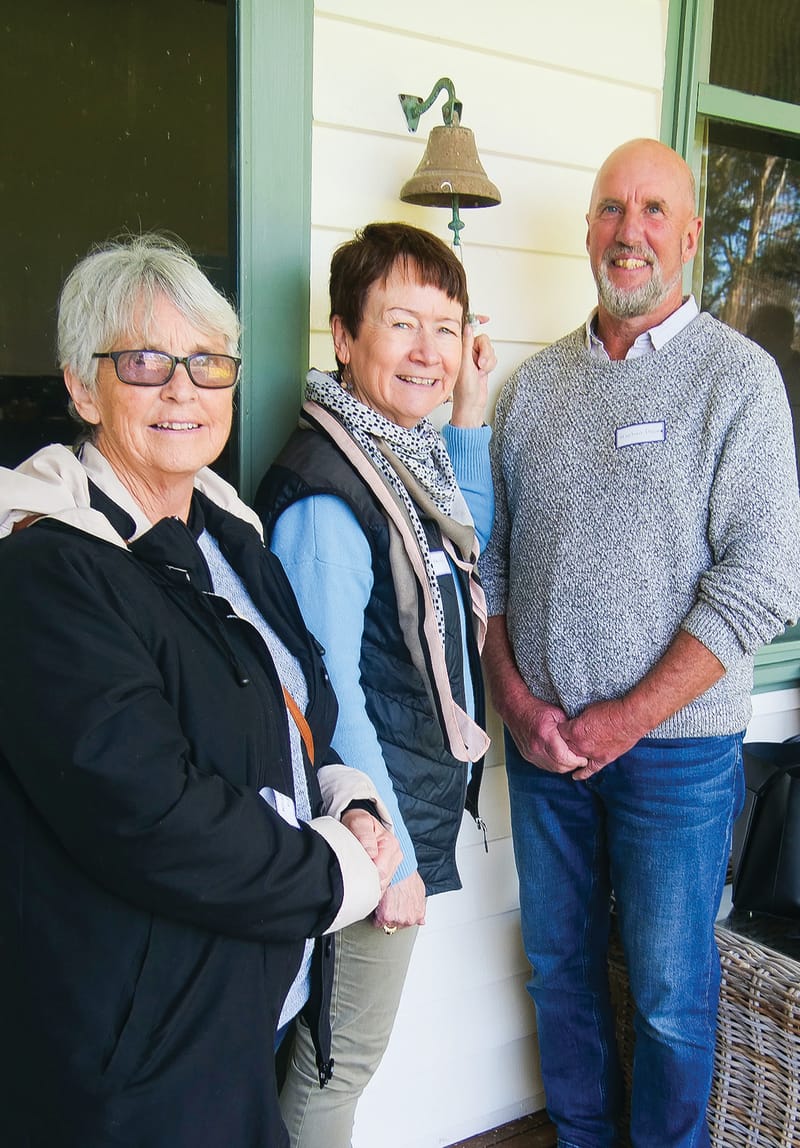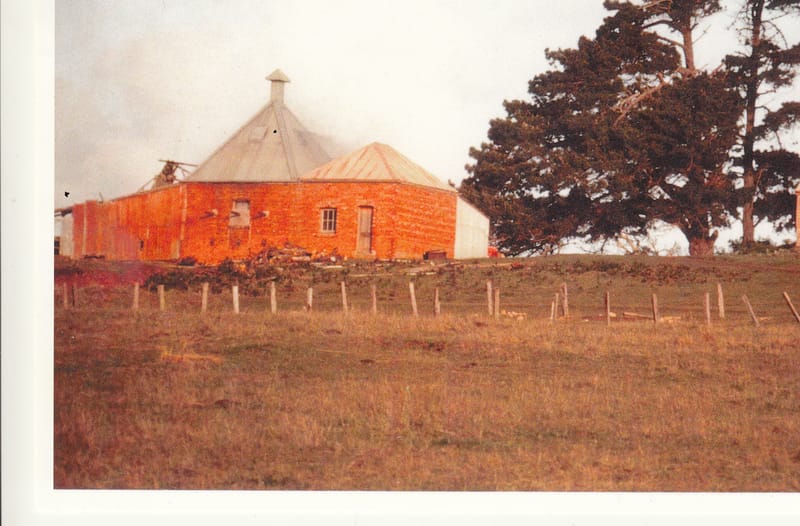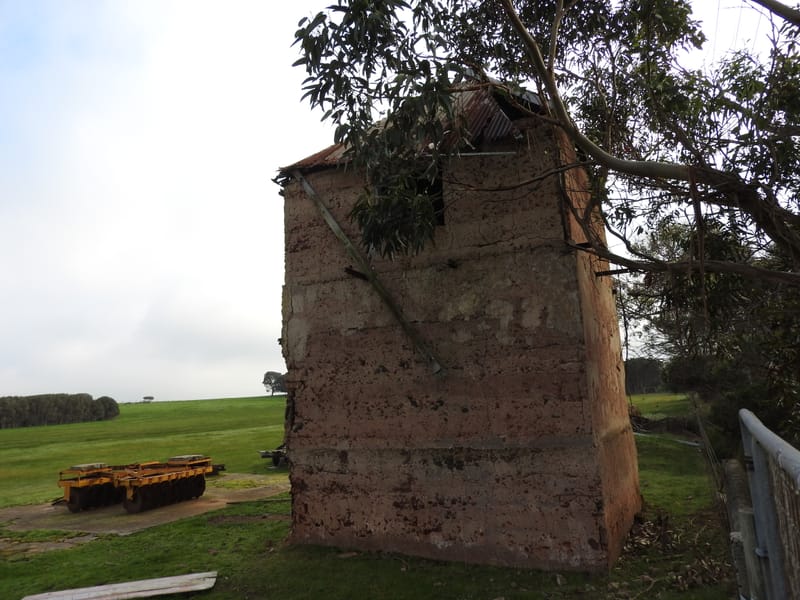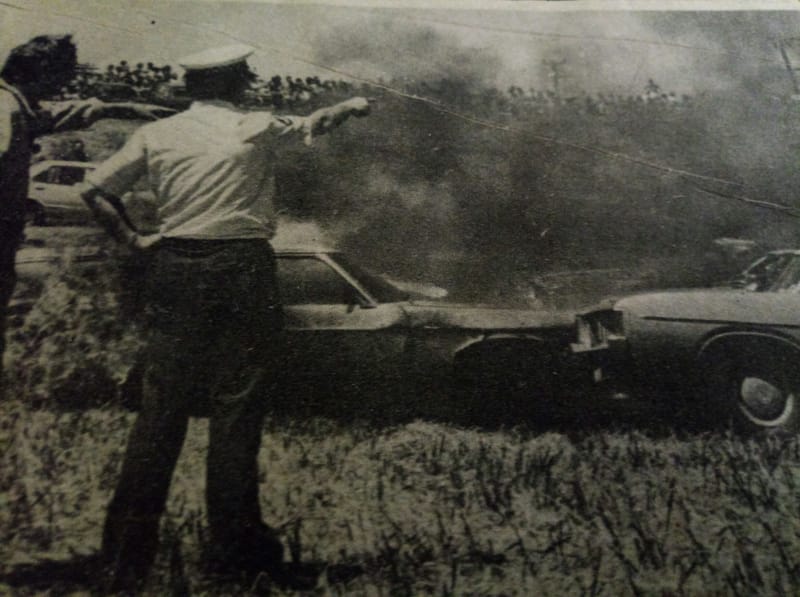Historic homes
A holiday island Recollections of Raymond Grayden In the 1930s there were at least 16 guest houses and two hotels in Cowes. And a number of gracious and lovely family homes. With few exceptions, they are now gone. The popularity of Phillip Island as...
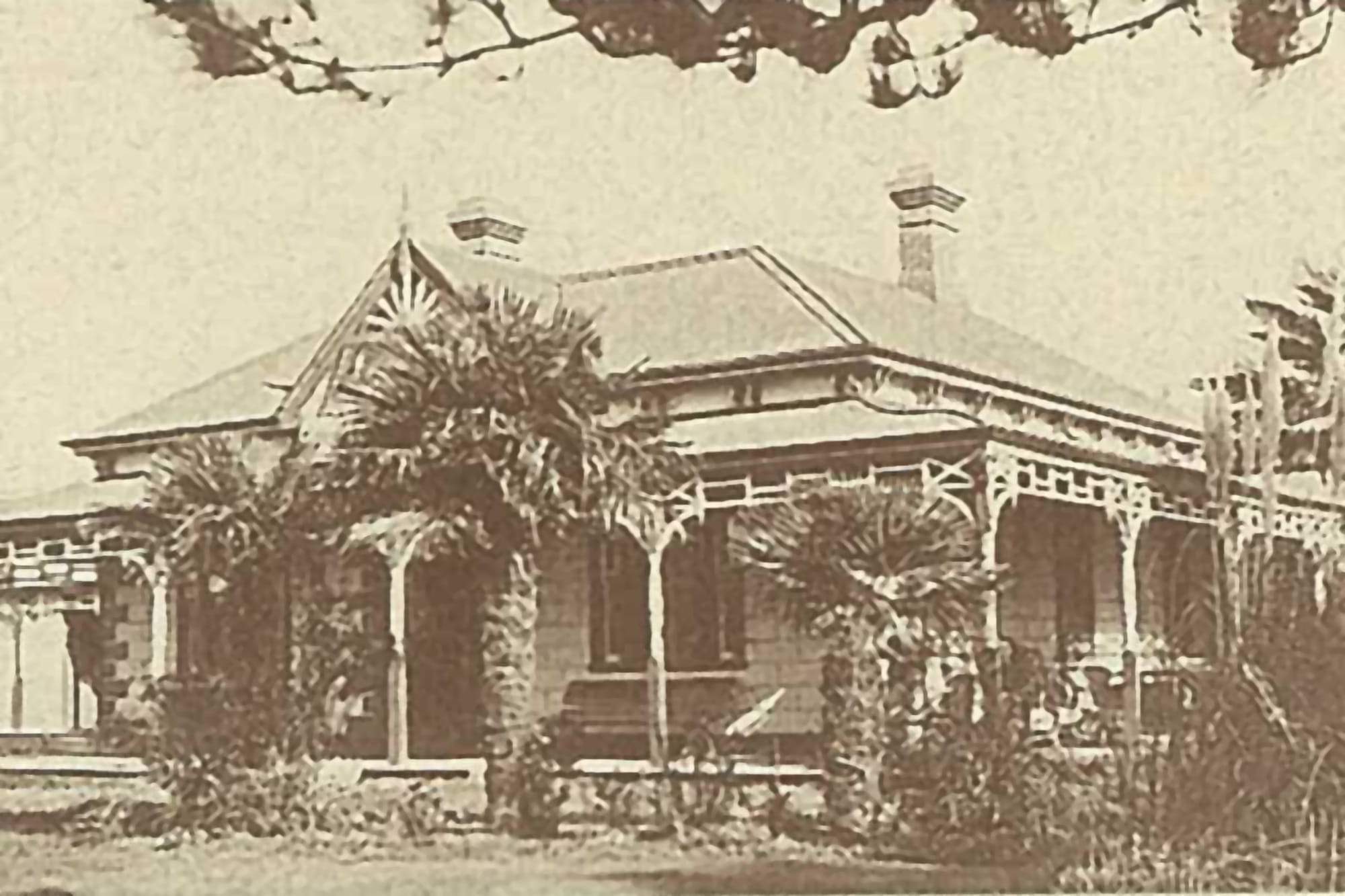
A holiday island
Recollections of Raymond Grayden
In the 1930s there were at least 16 guest houses and two hotels in Cowes. And a number of gracious and lovely family homes.
With few exceptions, they are now gone.
The popularity of Phillip Island as a holiday place created a need for accommodation and transport to the scenic areas.
The Island had so much to offer, and people couldn't walk everywhere.
There were no motor cars before 1920 and some of the boarding houses hired horse drawn carts and junkers for day picnic outings.
Mr Will Kennon came into the picture pre 1920 by building three or four large covered wagons, called drags and drawn by four horses.
These drags probably had room for up to 20 persons and a journey to the Nobbies took a whole day. Guests returned after a picnic lunch there.
The drags were used for several years, after which Mr Kennon added to his fleet two charabancs - long motor cars with four or five seats across.
These proved expensive and unreliable, compared with the horses.
Around 1925, a few motor cars entered the service to the beauty spots, and my uncle, Charles Grayden used an l0-seater T Model Ford bus, the first bus to come to Cowes.
By 1928, there were several large cars servicing the increasing numbers of holiday makers.
There was no penguin parade at this stage, as there was no road leading to the beach where the penguins came in.
Evening trips were made to Forrest Caves beach to watch the flight of mutton birds returning at dusk to feed their chicks or their mates.
These incredible birds, really called short-tailed shearwaters, find their nesting burrows in the darkness among hundreds of others in the
bracken fern and grass.
A road was constructed to the penguin beach, and the viewing of penguins returning home each evening became a reality.
Viewing started with the car drivers shining large torches on the penguins to enable their passengers to view the march of the penguins.
In more recent times (this was written in the 1970's) up to 7,000 people have watched the penguin parade at one time.


